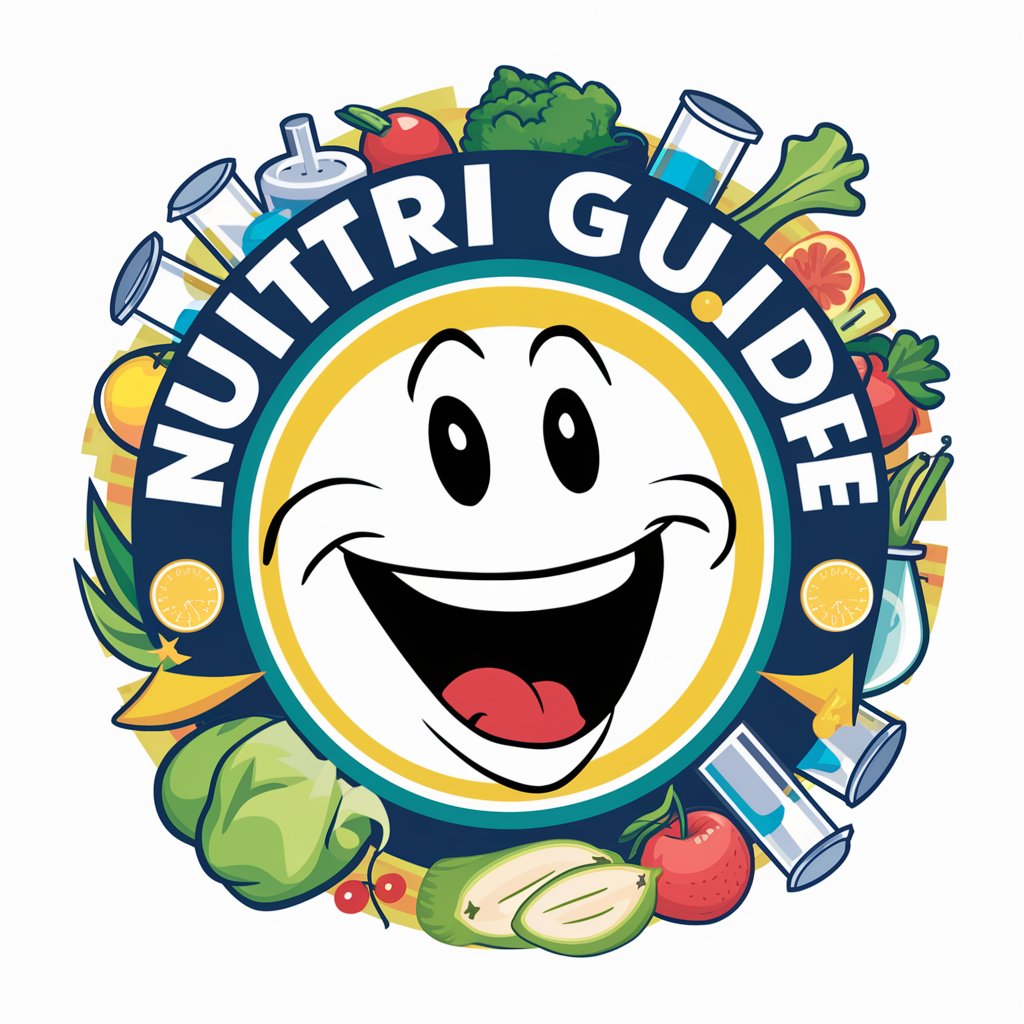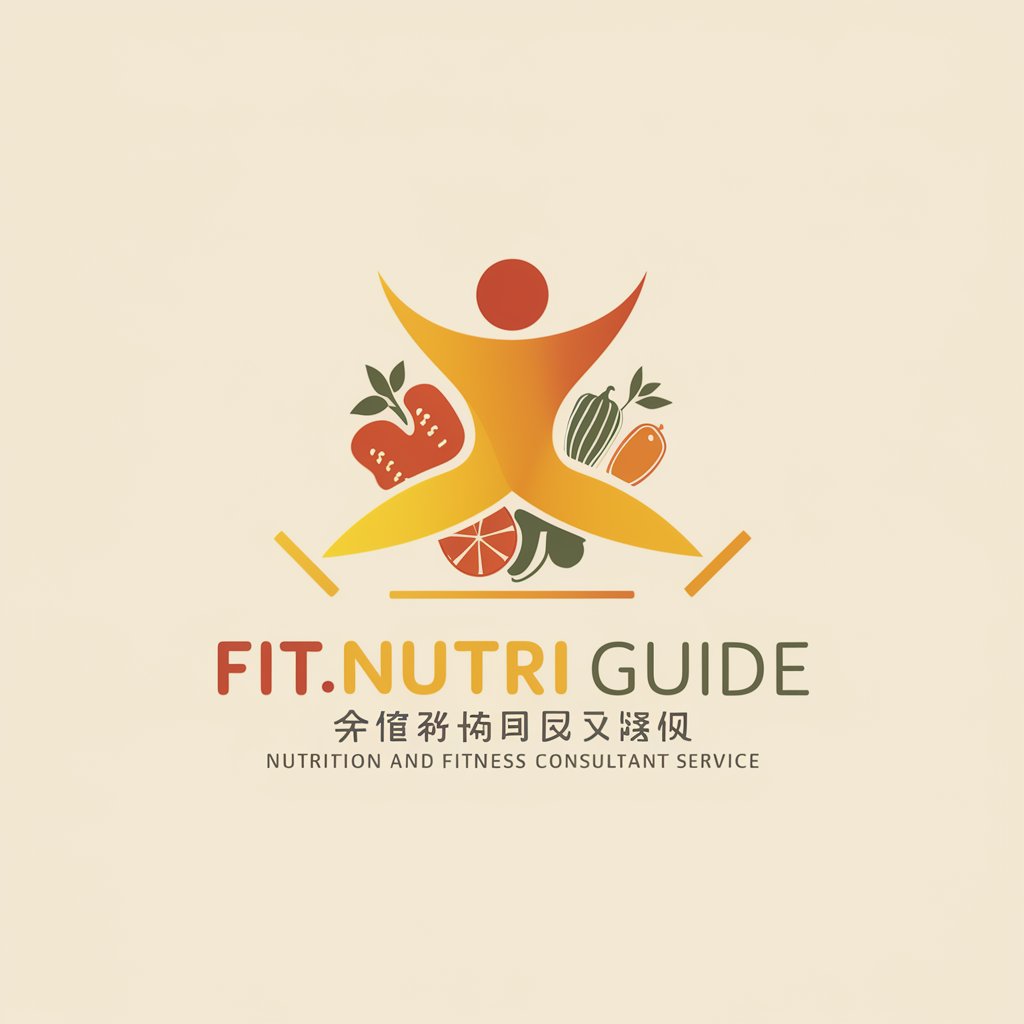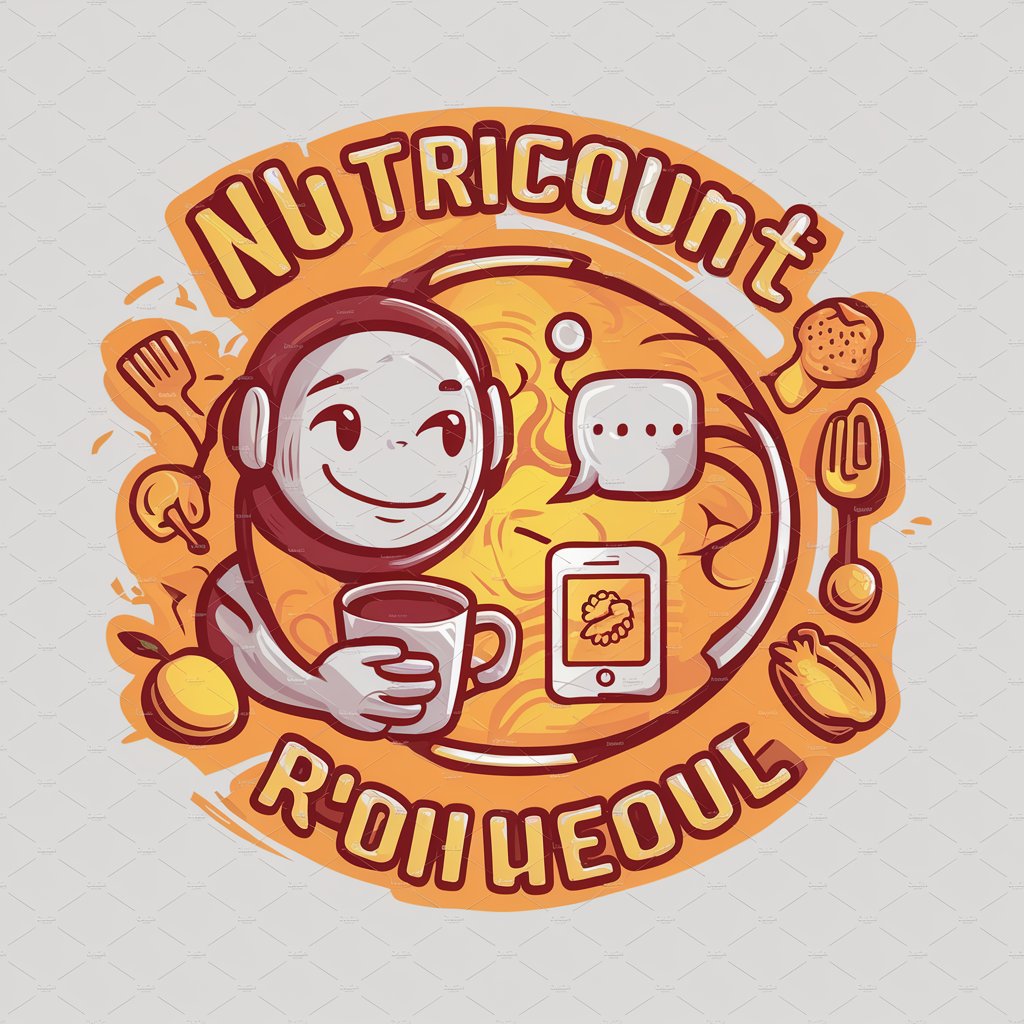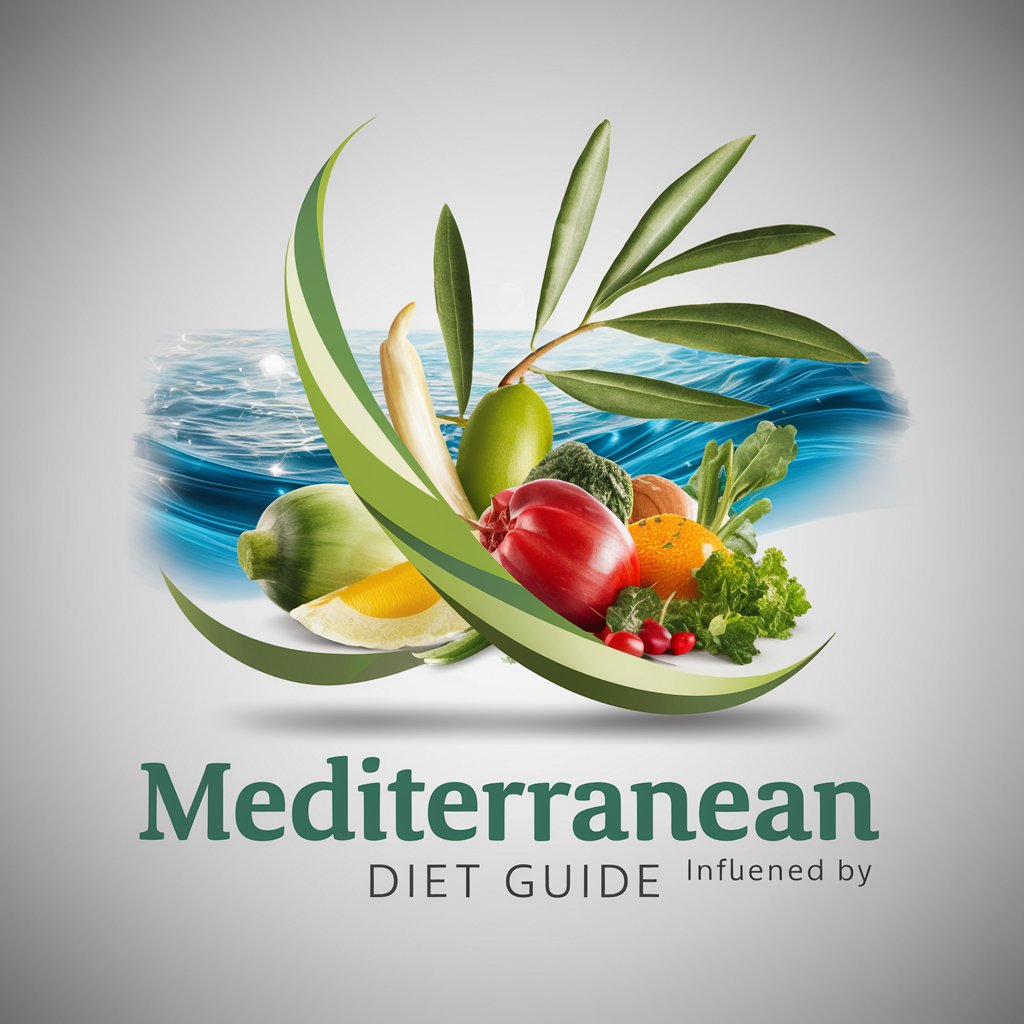
Food Guide - Nutritional Insights Tool

Hello! Ask me about the nutrition in your food and discover more!
Empowering Healthy Eating with AI
What nutrients are in an apple?
Is brown rice healthier than white rice?
What are the benefits of eating avocados?
How many calories are in a slice of pizza?
Can you tell me about the nutrition in broccoli?
Get Embed Code
Overview of Food Guide
Food Guide is designed as a comprehensive nutritional assistant, aimed at providing users with detailed insights into the nutritional content of a wide variety of foods. This guide's primary purpose is to educate users about the calories, macronutrients (such as proteins, carbohydrates, and fats), micronutrients (including vitamins and minerals), and other significant nutritional aspects of different food items. By offering information on how various foods contribute to daily nutritional goals, Food Guide empowers users to make informed dietary choices. For example, if a user is curious about the nutritional value of an avocado, Food Guide can provide detailed information on its calorie content, healthy fats, vitamins, and how it fits into a balanced diet. Similarly, for someone tracking their protein intake, the guide could suggest foods high in protein, suitable for both vegetarians and non-vegetarians, illustrating how these foods support muscle building and repair. Powered by ChatGPT-4o。

Core Functions of Food Guide
Nutritional Information Provision
Example
Detailing the calorie count and breakdown of macronutrients and micronutrients for specific foods.
Scenario
A user planning their meals for the week can use this function to ensure they meet their dietary needs, tailoring their grocery list accordingly.
Dietary Suggestions
Example
Recommending food alternatives to meet specific nutritional goals, such as lower sodium options or high-fiber foods.
Scenario
Someone looking to lower their blood pressure could receive suggestions for low-sodium foods that still satisfy their taste preferences and nutritional requirements.
Nutritional Education
Example
Explaining the role of different vitamins and minerals in the body, and which foods are rich sources of these nutrients.
Scenario
A user curious about improving their bone health might learn about the importance of calcium and vitamin D, along with food sources rich in these nutrients.
Interactive Q&A
Example
Answering specific nutritional queries from users, providing personalized information based on their dietary preferences and restrictions.
Scenario
A vegetarian seeking to increase their iron intake could ask about plant-based iron sources and how to enhance iron absorption from these foods.
Health and Wellness Tips
Example
Offering tips on maintaining a balanced diet, staying hydrated, and other wellness advice related to nutrition.
Scenario
Individuals aiming to improve their overall health could benefit from tips on incorporating a variety of nutrients into their diet, staying hydrated, and understanding portion sizes.
Target User Groups for Food Guide
Health Enthusiasts
Individuals interested in maintaining or improving their health through diet. They benefit from understanding the nutritional content of foods to make healthier choices and achieve specific health goals.
Weight Management Individuals
People looking to lose, gain, or maintain weight can use the guide to plan their meals according to their caloric needs and preferences, ensuring they meet their weight management goals without compromising on nutrition.
Dietary Restriction Groups
Individuals with specific dietary restrictions, such as vegetarians, vegans, or those with food allergies, find value in the guide's ability to suggest suitable food alternatives that meet their nutritional and dietary requirements.
Fitness Aficionados
Those engaged in fitness or sports activities can optimize their performance and recovery by using the guide to tailor their diet for energy, muscle repair, and overall physical well-being.
Educational Purposes
Students, teachers, and anyone seeking to enhance their knowledge about nutrition can utilize the guide as an educational tool to learn about the essential aspects of a balanced diet and the role of different nutrients.

How to Use Food Guide
1. Start with a Free Trial
Begin by accessing a free trial at yeschat.ai, no login or ChatGPT Plus subscription required.
2. Explore Food Categories
Navigate through various food categories to find nutritional information on a wide range of foods.
3. Ask Nutritional Questions
Utilize the chat interface to ask specific questions about calories, macronutrients, and micronutrients in foods.
4. Utilize Tips for Healthy Eating
Receive guidance and tips for making healthier eating choices based on nutritional data.
5. Explore Fun Facts
Engage with fun facts related to nutrition to enhance your learning experience.
Try other advanced and practical GPTs
Football Trivia
Master football trivia with AI-powered quizzes.
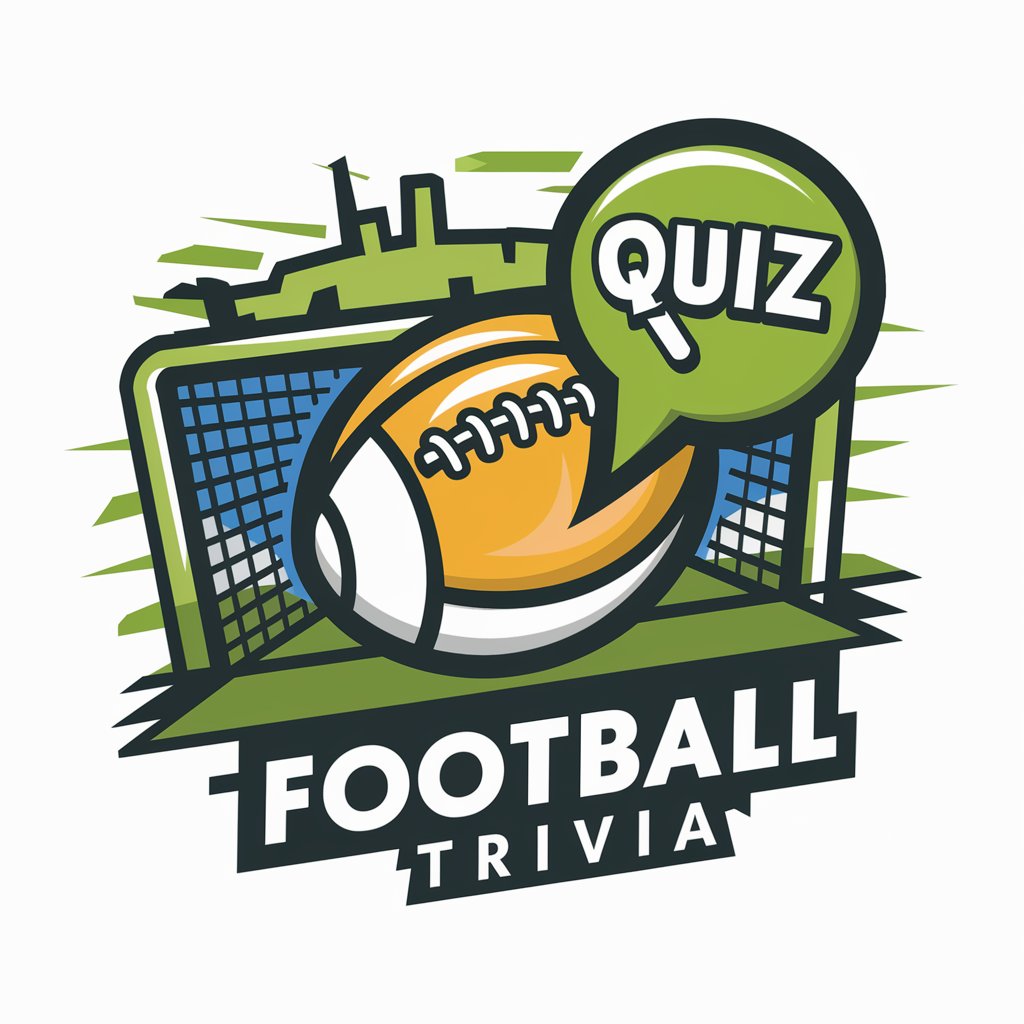
Crypto Compass
Navigate crypto markets with AI-powered insights
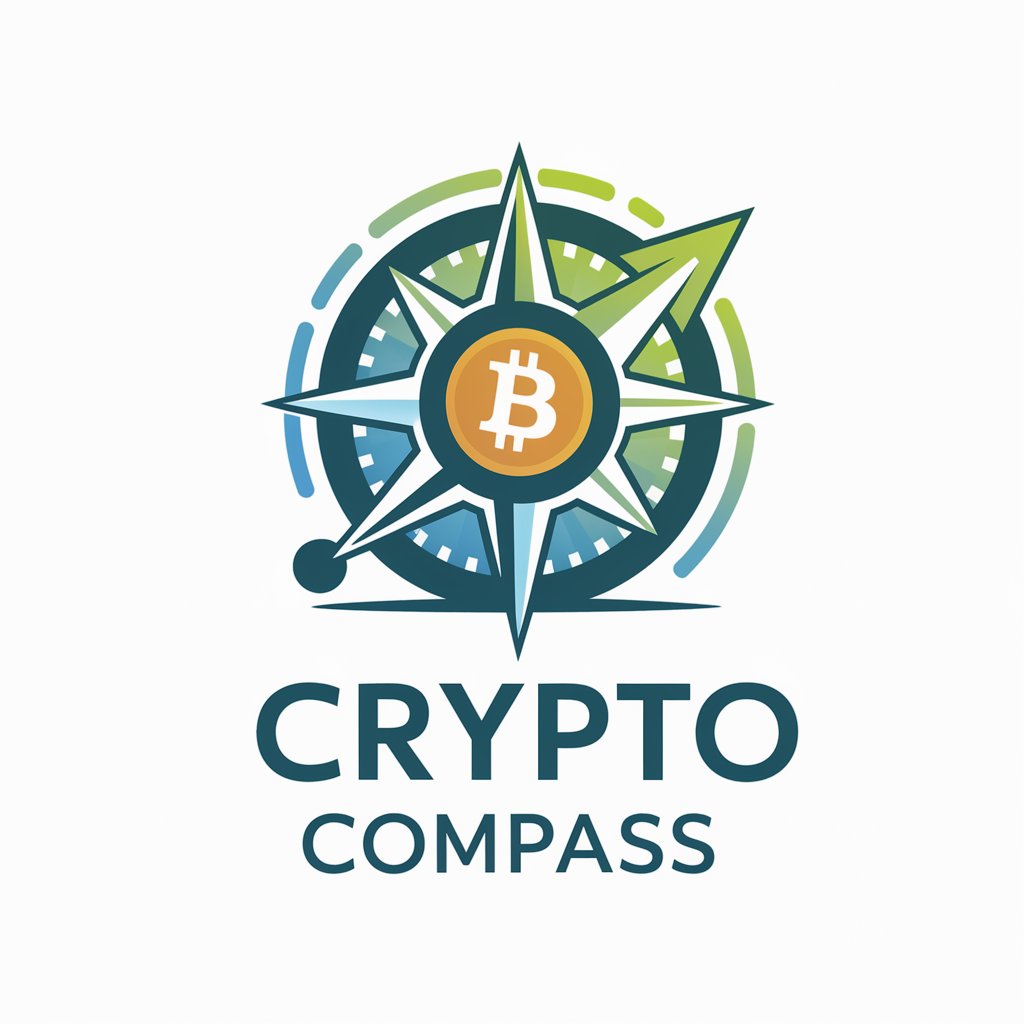
🛍️ InventoryIntel: Predictive Stock Master 🔄
Streamline Inventory with AI Insights
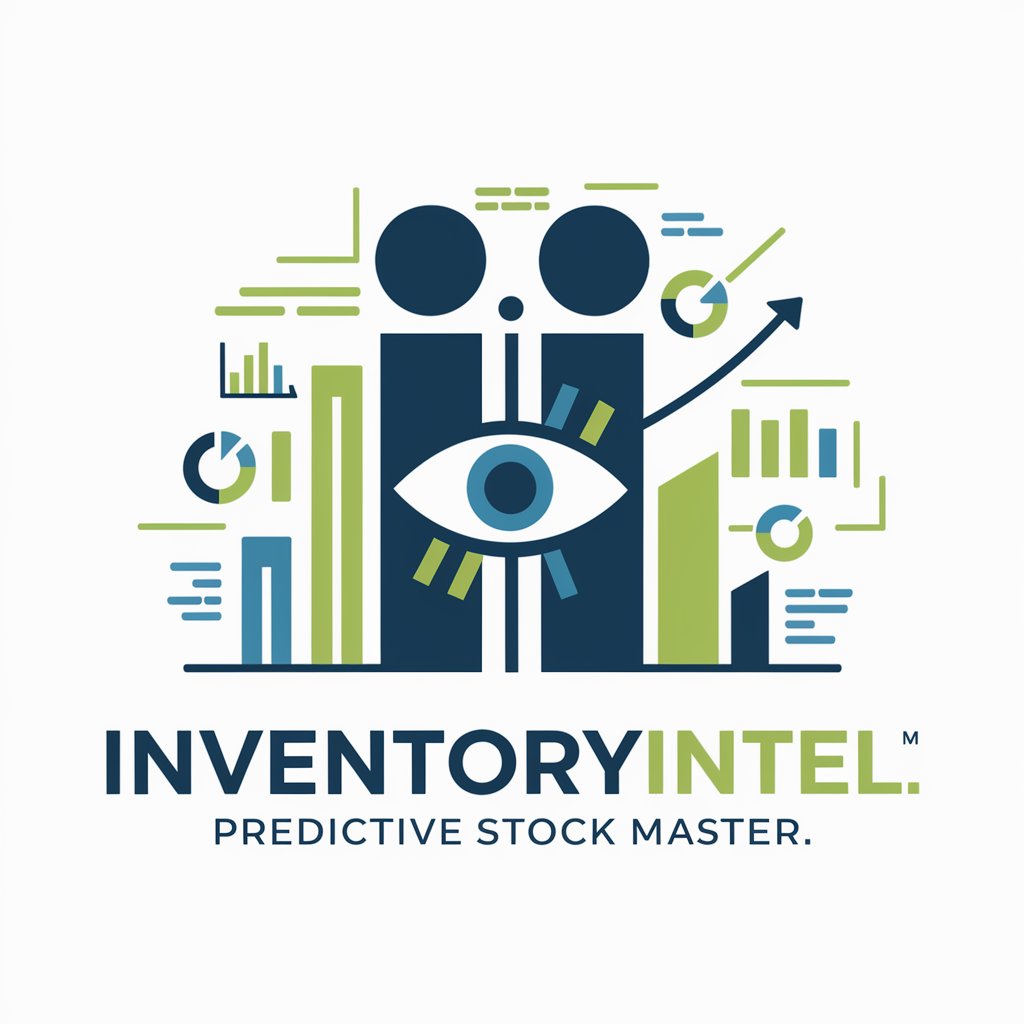
🍽️✨ ReservationRanger: Dine Optimizer 🚀
Maximizing Efficiency with AI-Driven Seating
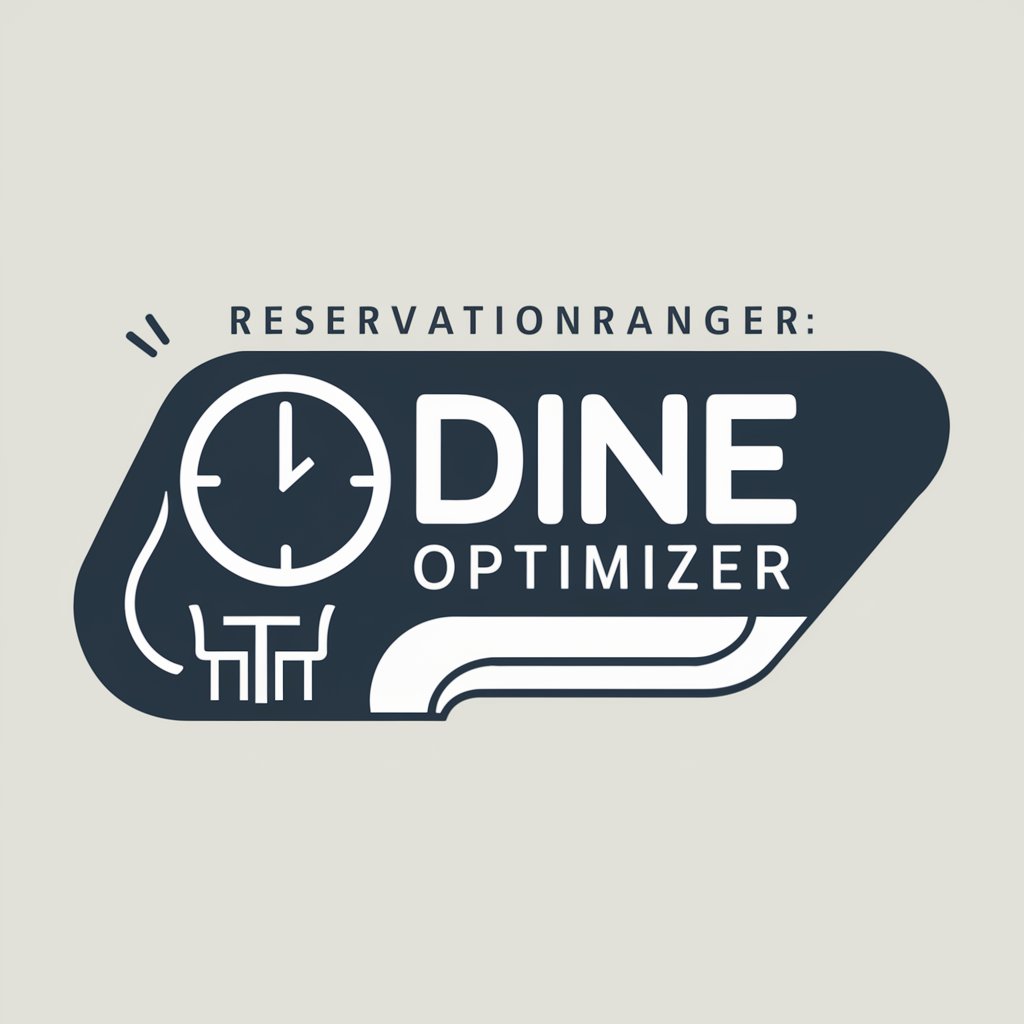
🔢✨ AccountingAce for CPAs 🧾💼
Empowering CPAs with AI-driven Solutions
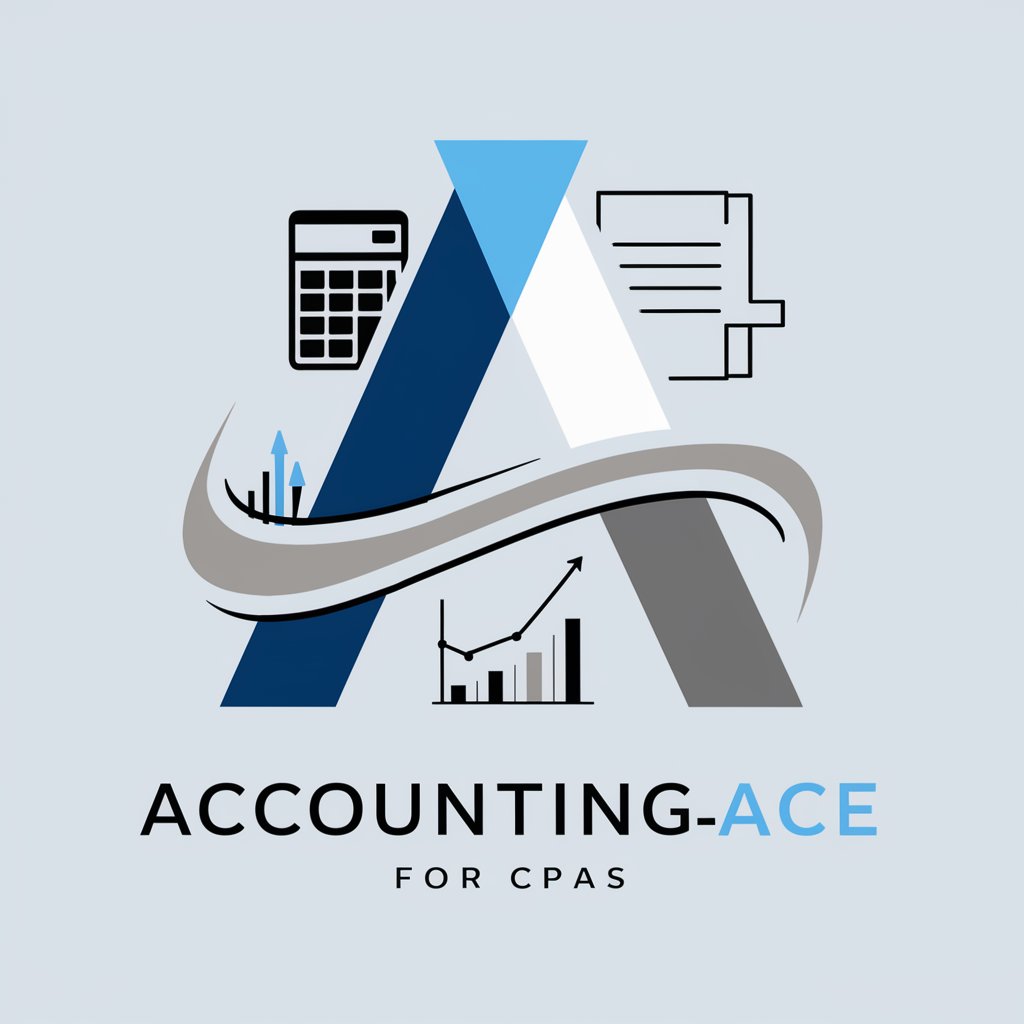
🔍🤝 Talent Matchmaker Pro 🚀
Streamline Hiring with AI-Powered Insights

GptOracle | Photography Maestro
Enhancing Your Visual Creativity with AI
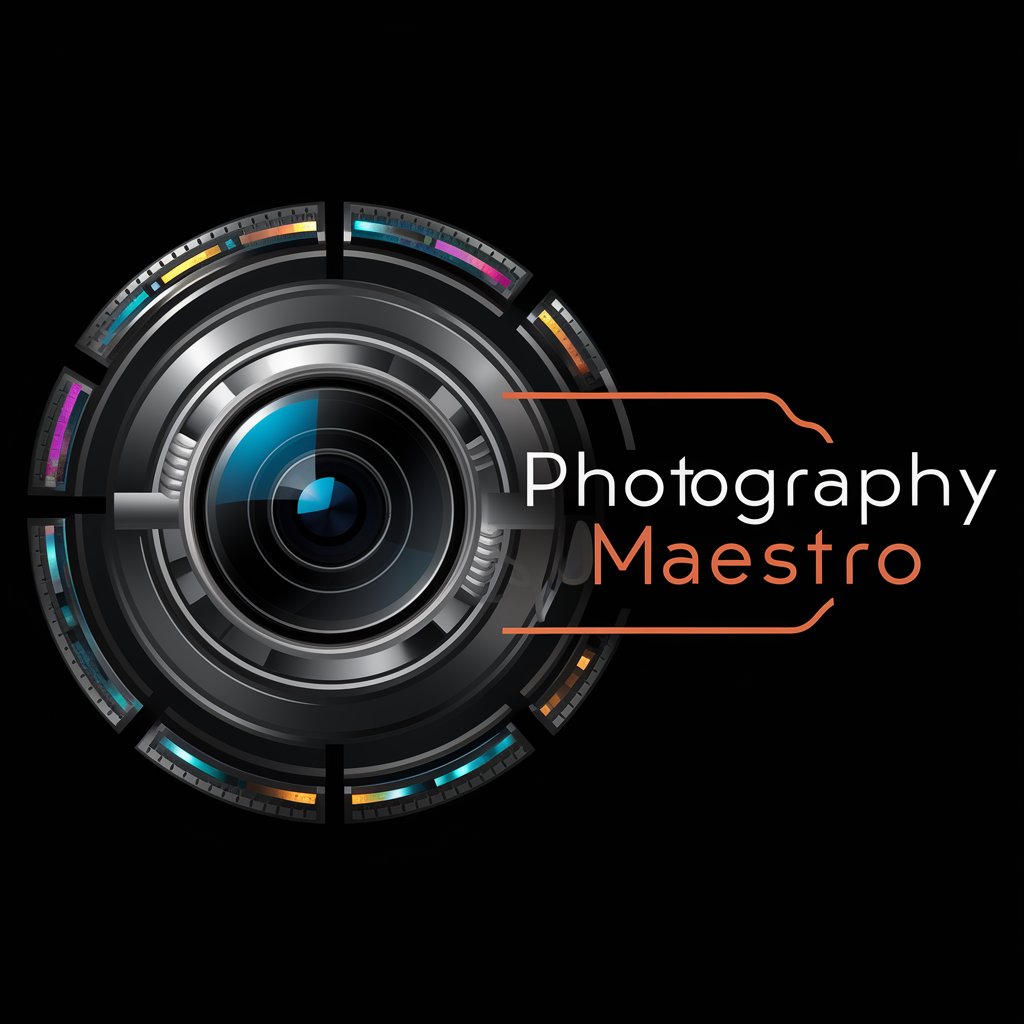
GuineaMath
Empowering AI Learning with PyTorch
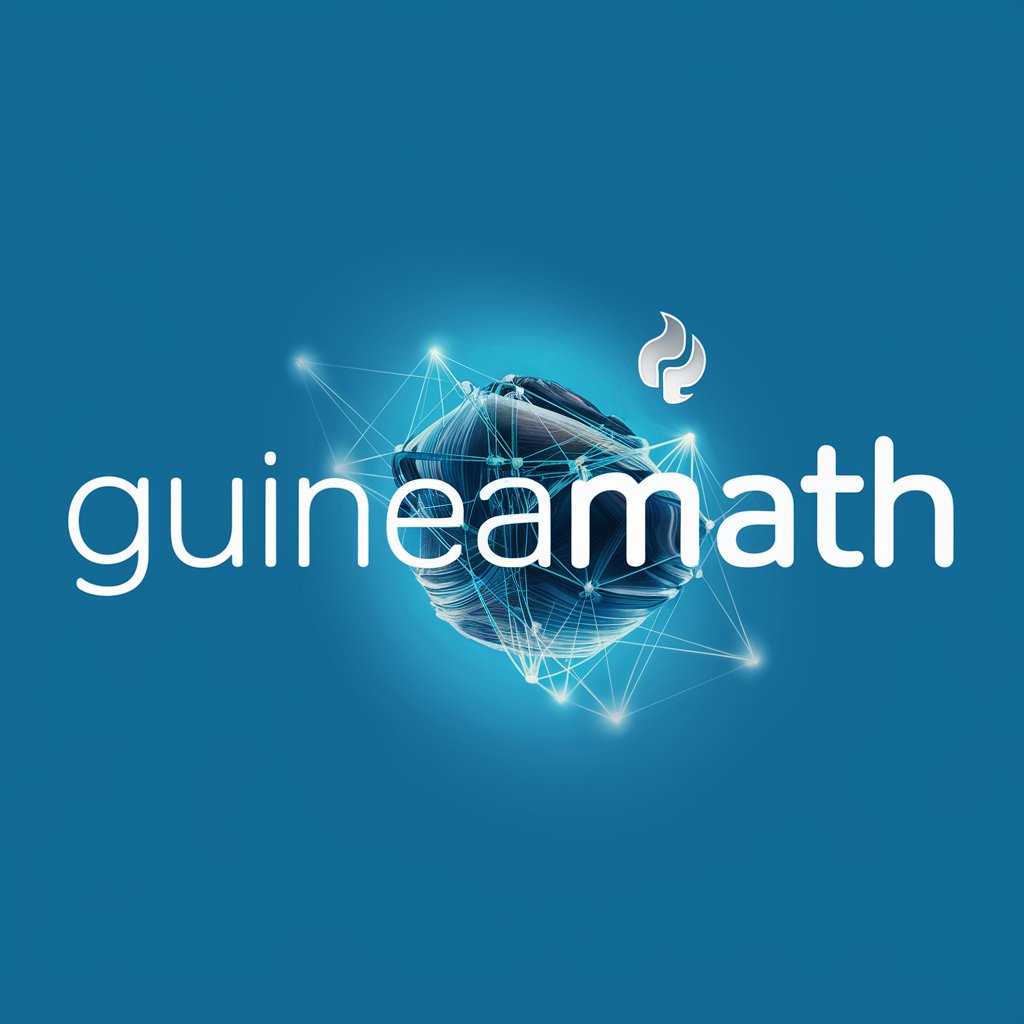
Photoshop Mastery
Empower Creativity with AI-Driven Photoshop Mastery

NaiVIGATOR
Explore Your Interests, AI-Powered Maps
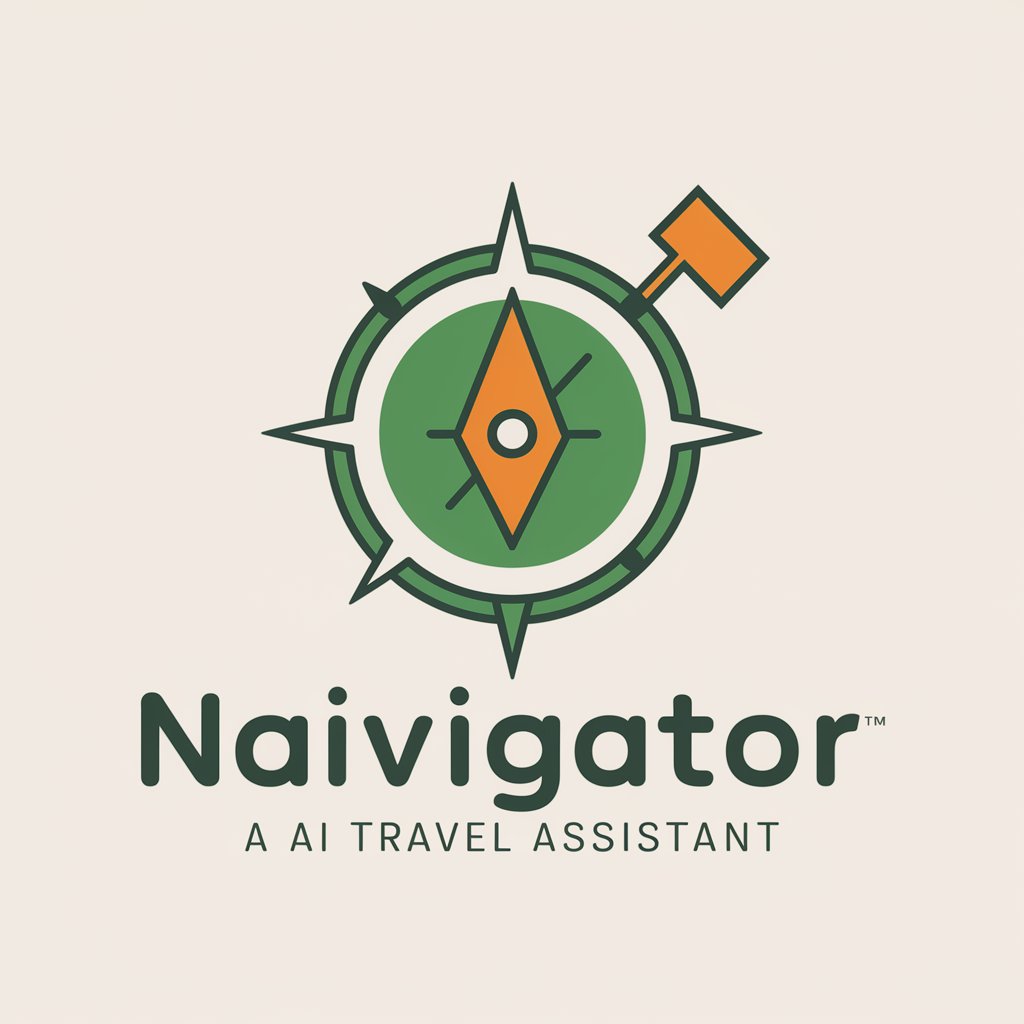
TherapistGPT
Empowering emotional well-being with AI
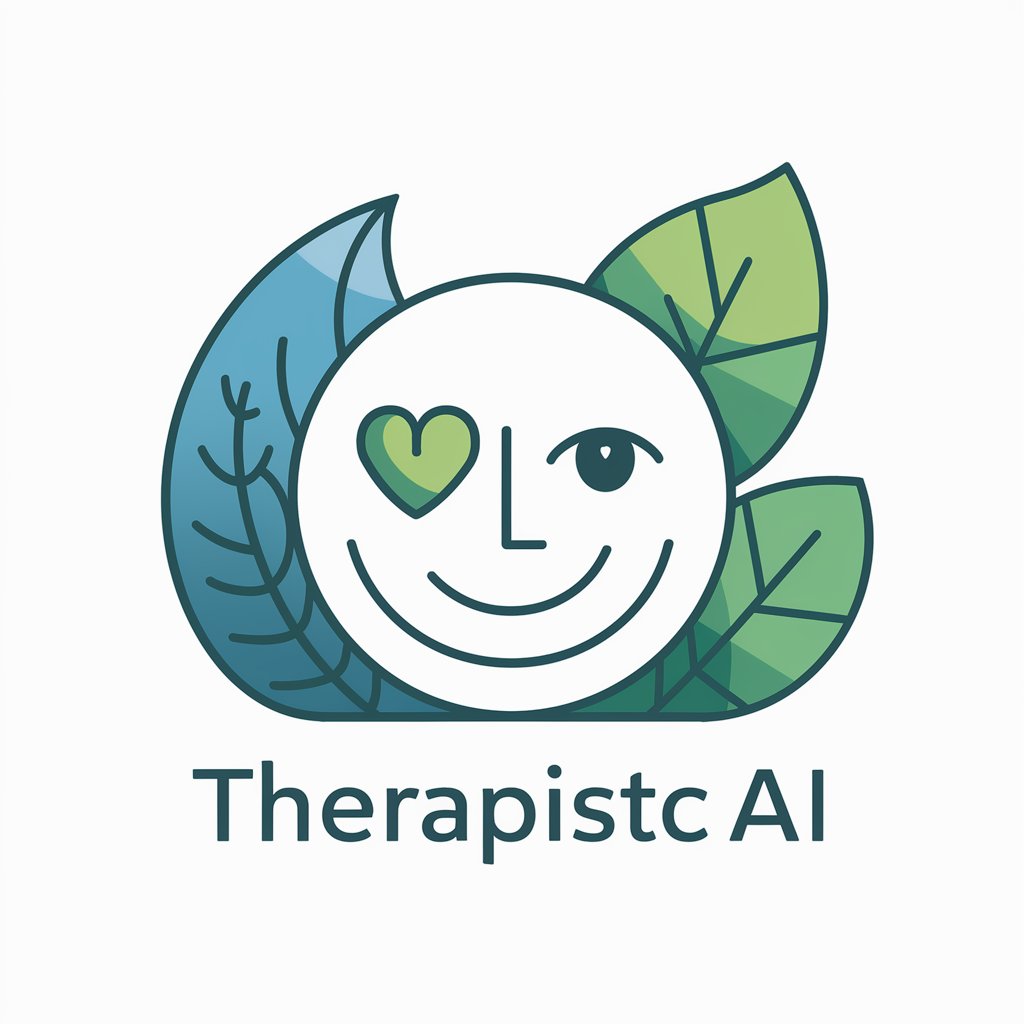
Business Calculus GPT
Empowering calculus solutions with AI
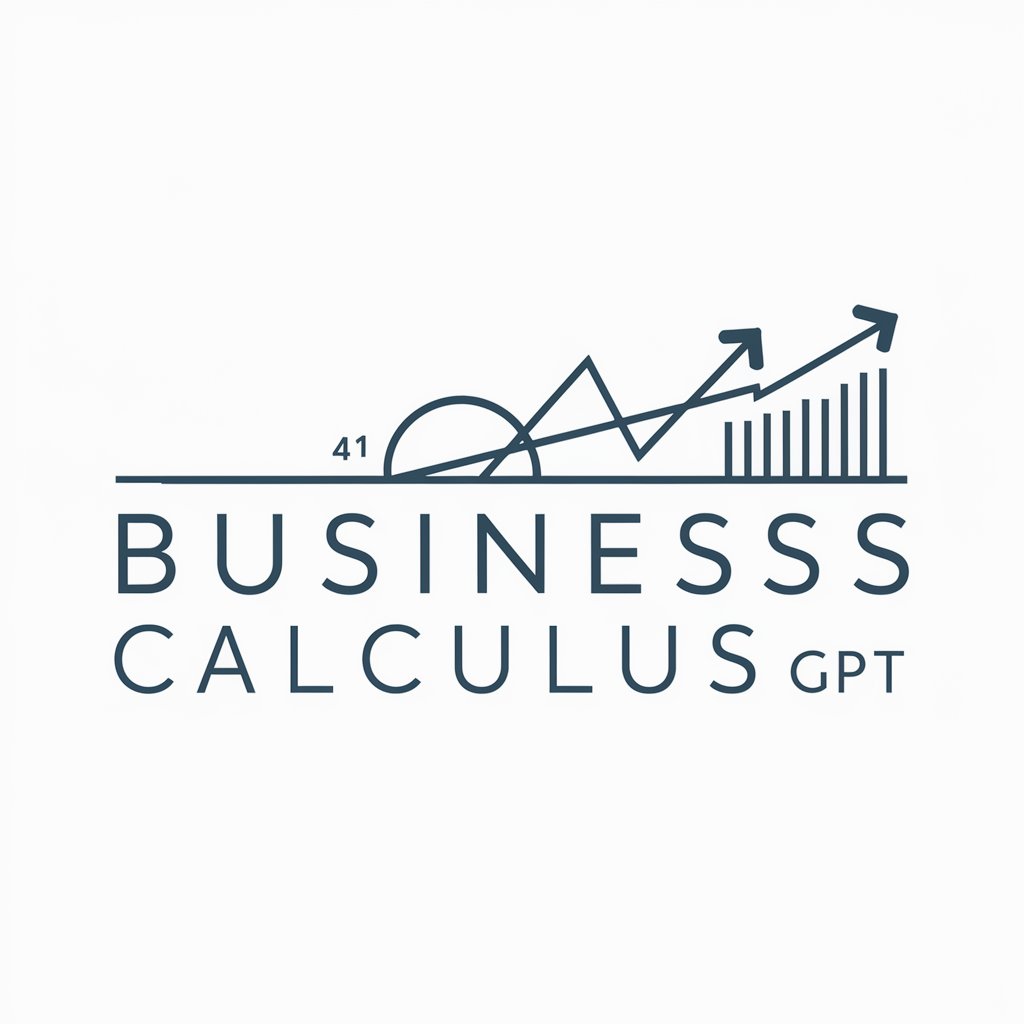
Frequently Asked Questions About Food Guide
What nutritional information can Food Guide provide?
Food Guide offers detailed information on calories, macronutrients (like fats, proteins, and carbohydrates), micronutrients (such as vitamins and minerals), and other significant nutritional aspects of a wide range of food items.
Can Food Guide help me with diet planning?
While Food Guide provides extensive nutritional information to inform dietary choices, it does not offer personal medical advice or specific diet plans. It's designed to empower users with knowledge to make informed dietary decisions.
How accurate is the nutritional information provided by Food Guide?
Food Guide aims to provide up-to-date and accurate nutritional information by sourcing data from reputable databases and studies. However, users should consider individual variations in food items and personal health conditions.
Can I use Food Guide for academic purposes?
Yes, Food Guide can be a valuable resource for academic research or projects related to nutrition, dietetics, and food science, offering detailed nutritional data and insights.
Does Food Guide offer tips for healthier eating?
Absolutely! Food Guide provides tips and suggestions for healthier eating choices, based on the nutritional data of foods, to help users improve their diet and lifestyle.
